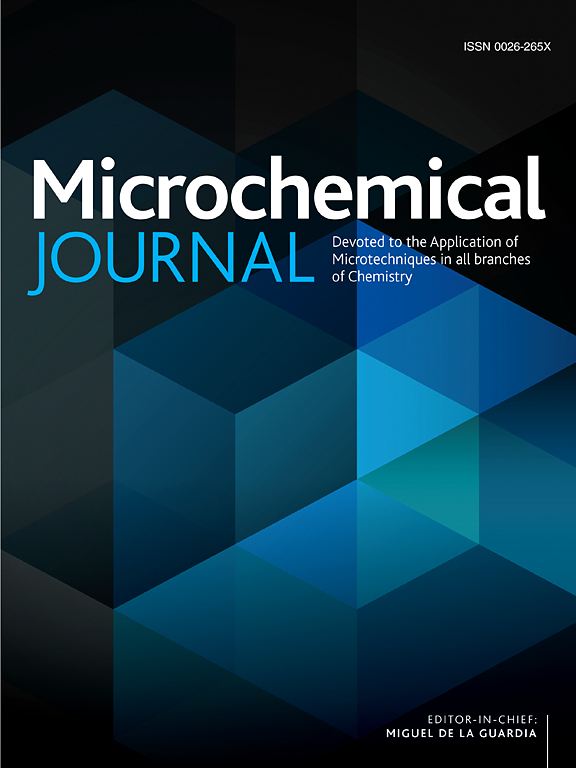Advancements in microfluidic platforms for rapid biomarker diagnostics of infectious diseases
IF 4.9
2区 化学
Q1 CHEMISTRY, ANALYTICAL
引用次数: 0
Abstract
Infectious diseases, caused by pathogenic microorganisms, such as bacteria, viruses, parasites, or fungi, continue to present a significant global threat. The need for accurate and sensitive detection techniques is underscored by the widespread impact of these diseases. Microfluidics, with its capacity to manipulate minute volumes of fluids within microscale channels, has facilitated the rapid development of sensitive assays for detecting disease biomarkers. This review focuses on recent advancements in microfluidics-based detection of infectious disease biomarkers, elucidating the critical role played by microfluidic techniques. The various configurations of microfluidic platforms discussed include Continuous-Flow Microfluidics, Droplet-Based Microfluidics, Digital Microfluidic, Paper-based Microfluidic, Centrifugal Microfluidics, Optofluidic, and Magnetofluidics. The article explores the advantages of microfluidics-based diagnostics, emphasizing attributes, such as reduced sample volume, swift analysis time, and enhanced sensitivity and specificity. Additionally, the challenges impeding the widespread adoption of microfluidics-based diagnostics in clinical settings are highlighted, providing insights into areas that require attention and innovation. In summary, this article underscores the potential of microfluidics technology to revolutionize healthcare by enabling early detection and personalized medicine in infectious disease diagnosis. The exploration of recent advancements and challenges aims to contribute to the ongoing dialogue surrounding the integration of microfluidics into clinical practice.

求助全文
约1分钟内获得全文
求助全文
来源期刊

Microchemical Journal
化学-分析化学
CiteScore
8.70
自引率
8.30%
发文量
1131
审稿时长
1.9 months
期刊介绍:
The Microchemical Journal is a peer reviewed journal devoted to all aspects and phases of analytical chemistry and chemical analysis. The Microchemical Journal publishes articles which are at the forefront of modern analytical chemistry and cover innovations in the techniques to the finest possible limits. This includes fundamental aspects, instrumentation, new developments, innovative and novel methods and applications including environmental and clinical field.
Traditional classical analytical methods such as spectrophotometry and titrimetry as well as established instrumentation methods such as flame and graphite furnace atomic absorption spectrometry, gas chromatography, and modified glassy or carbon electrode electrochemical methods will be considered, provided they show significant improvements and novelty compared to the established methods.
 求助内容:
求助内容: 应助结果提醒方式:
应助结果提醒方式:


